
views
Calculating Return on Equity
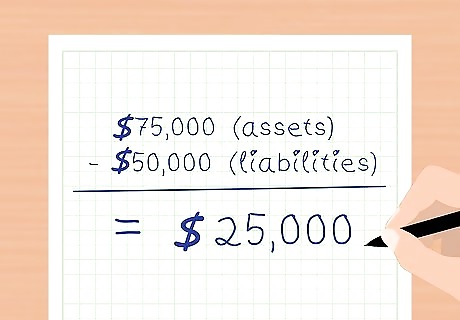
Calculate shareholders' equity (SE). Subtract total liabilities (TL) from total assets (TA). (SE=TA-TL). This information can be found on the balance sheet of a company's annual or quarterly report on its website. For example, $75,000 (assets) - $50,000 (liabilities) = $25,000. You will need this number to calculate the shareholders' average equity.
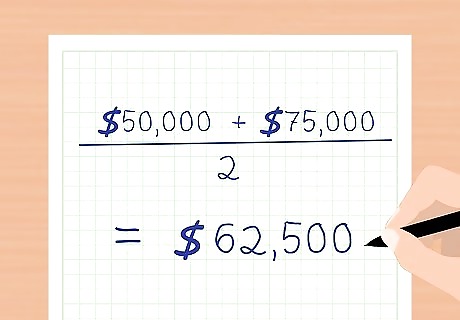
Calculate shareholders' average equity(SEavg). Calculate and then add together the shareholders' equity figures from the beginning (SE1) and the end (SE2) of a company's year (see Step 1) and divide this number by 2. SEavg=(SE1+SE2)/2). This enables an investor to measure the change in profitability over a one year time period. For example, calculate shareholders' equity on December 31, 2014 by subtracting the company's liabilities from its assets. Then do the same for the assets and liabilities numbers on December 31, 2013. Divide this number by 2. As an example, $75,000 (assets) - $25,000 (liabilities) = $50,000 for December 31, 2014. For December 31, 2013, $125,000 (assets) - $50,000 (liabilities) = $75,000. $50,000 + $75,000 = $125,000/2 = $62,500 shareholders' average equity. You will need this number to calculate ROE. You can choose any date for the beginning of a year, and then compare the numbers for one year previous to that date.
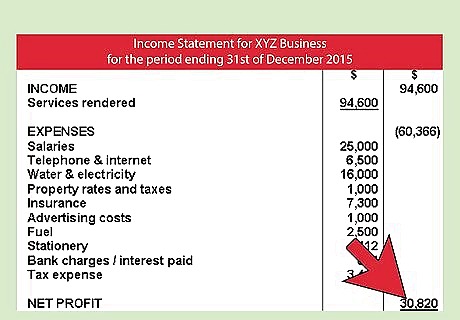
Find net profits (NP). This is listed in the company's annual report, which is found on the income statement on the company's website. It is the difference between revenue and expenses. You can use a negative number if there was no profit.

Calculate Return On Equity (ROE). Divide net profits by the shareholders' average equity. ROE=NP/SEavg. For example, divide net profits of $100,000 by the shareholders average equity of $62,500 = 1.6 or 160% ROE. This means the company earned a 160% profit on every dollar invested by shareholders. A company with an ROE of at least 15% is exceptional. Avoid companies that have an ROE of 5% or less.
Using Return on Equity Information
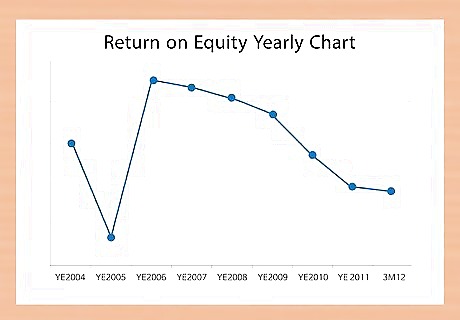
Compare the ROE over the past 5 to 10 years. This will give you a better idea of the historical growth of the company. This does not guarantee the company will continue to grow at this rate, however. You may see ups and downs over the time period due to the company taking on more debt from borrowing. Firms cannot grow their ROE without borrowing funds or selling more shares. Repaying debt reduces net income. Selling shares reduces earnings per share. High growth properties tend to have a higher ROE because they can generate additional income without the need for external financing. Compare a ROE number to companies of similar size in the same industry. An ROE may look low but may be appropriate for a particular type of industry with low profit margins.

Consider investing in companies with a low ROE (below 15%). They may have incurred one-time charges due to layoffs, for example, that resulted in a negative net income number and, therefore, a low ROE. Therefore, looking at only net income and ROE as a measure of profitability might be misleading. For companies with a low ROE, evaluate other measures of profitability, such as free cash flow (found on the company's annual report), before deciding to pass on investing in the company. For example, ABC company's net profits may have declined in a particular year due to increased expenses from layoffs, buying new equipment or moving headquarters. This does not mean it won't be profitable in the future since these tend to be one-time charges.
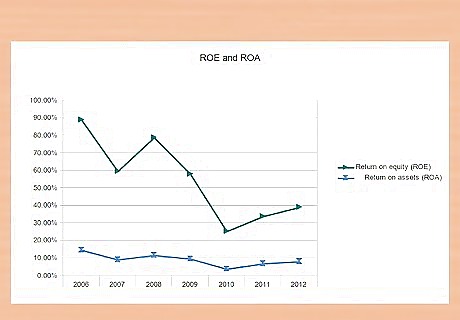
Compare ROE to Return on Assets (ROA). Return on Assets is how much profit a company earns for every dollar of assets it holds. Assets include cash in the bank, accounts receivable, land and property, equipment, inventory and furniture. ROA is calculated by dividing annual net income (on the income statement) by total assets (found on the balance sheet). The smaller the ROA, the less profitable the company. A company can have a large difference between its ROE and its ROA, and the difference has to do with debt. Assets = liabilities + equity. Therefore, for a company with no debt, its assets and shareholders’ equity will be equal. Also, the ROE and the ROA will be equal. But if the company takes on new debt, assets increase (because of the influx of cash) and equity shrinks (because equity = assets – liabilities). When equity shrinks, ROE increases. When assets increase, ROA decreases.
Evaluating the Health of a Company

Investigate the amount of debt carried. If a company is doing a large amount of borrowing, its ROE may be artificially high. This is because debt decreases equity (equity = assets – liabilities), driving the ROE up. However, assets increase because of the influx of cash from the loan. So, the ROA will be lower because you are dividing net income by total assets.
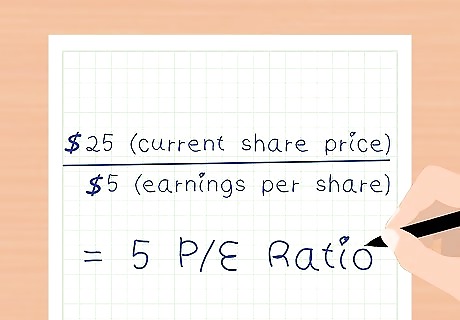
Calculate the Price Earnings Ratio (P/E Ratio). This is a company's current share price compared to its per-share earnings. Divide Market Value per Share (current share price) by Earnings per Share as found on the company's website. For example, $25 current share price) / $5 (earnings per share) = 5 P/E Ratio. A high P/E Ratio indicates investors are expecting higher earnings growth in the future. A low P/E suggests a company may currently be undervalued or that it is doing very well compared to its past trends. The average market P/E ratio since the late 19th century has been about 16.6.
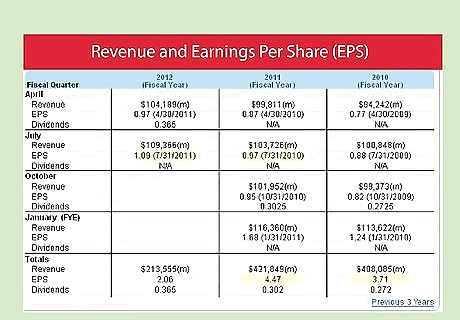
Compare Earnings per Share. A company should show continuous growth in revenue as a result of sales over a 5-10 year period. Earnings are the amount of revenue that the company keeps after paying all its expenses.




















Comments
0 comment